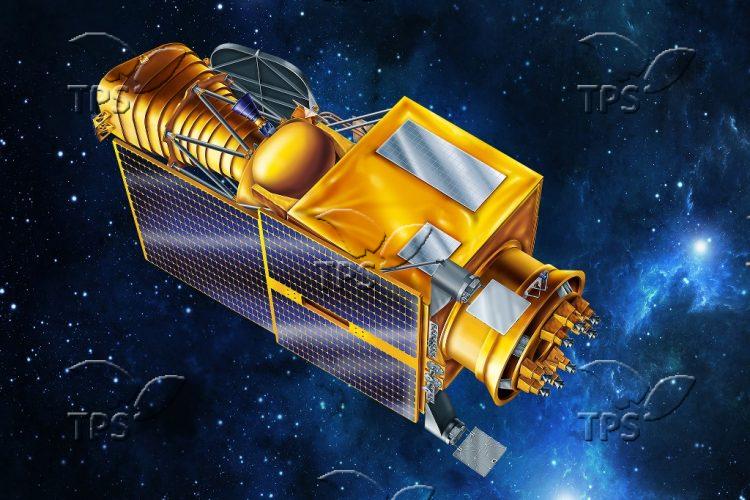NASA to Launch Israel’s First Space Telescope in 2026
Jerusalem, 21 February, 2023 (TPS-IL) -- Israel’s first space telescope, ULTRASAT, will be launched by NASA into high Earth orbit in 2026, the Israel Space Agency and NASA announced on Tuesday.
ULTRASAT — short for the Ultraviolet Transient Astronomy Satellite — will have an unprecedented field of view, better enable scientists to discover transient sources of light, and measure ultraviolet light in ways that cannot be measured on Earth.
These capabilities will enhance research on astronomical subjects such as supernovae, active galaxies, the source of gravitational waves, and the formation of stars by massive back holes.
The launch is part of a new partnership between NASA and Israel’s Ministry of Innovation, Science and Technology.
“This is a breakthrough project that places Israel at the forefront of global research,” said Prof. Eli Waxman, an astrophysicist at the Weizmann Institute of Science and ULTRASAT’s head researcher.
“Leading international bodies such as NASA and the DESY research institute have joined this Israeli-led project as partners, having recognized its scientific significance. They are investing considerable resources in the construction and launch of the satellite to become active participants in this mission with access to its scientific products. It’s a science-driven partnership,” Dr. Waxman said.
ULTRASAT is expected to have a wide-ranging impact, beyond its scientific discoveries. The mission’s success will demonstrate the feasibility of making scientific breakthroughs using small and relatively affordable satellites (approximately $90 million, for the spacecraft and instrument) and will pave the way to Israel’s future space initiatives.
The Israel Aerospace Industries’ MBT Space Division is building the satellite and will oversee the mission in space, as well as the incorporation of the telescope, built by Elbit Systems Electro-Optics – Elop. DESY is building the telescope’s camera, which features specialized detectors developed for the mission by Tower Semiconductor.
Dr. Mark Clampin, Director of NASA Headquarters Astrophysics Division, said, “We are proud to join this partnership, an international effort that will help us better understand the mysteries of the hot, transient universe. ULTRASAT will give the global science community another important capability for making new observations in the nascent field of Time Domain and Multi-Messenger astrophysics programs.”







